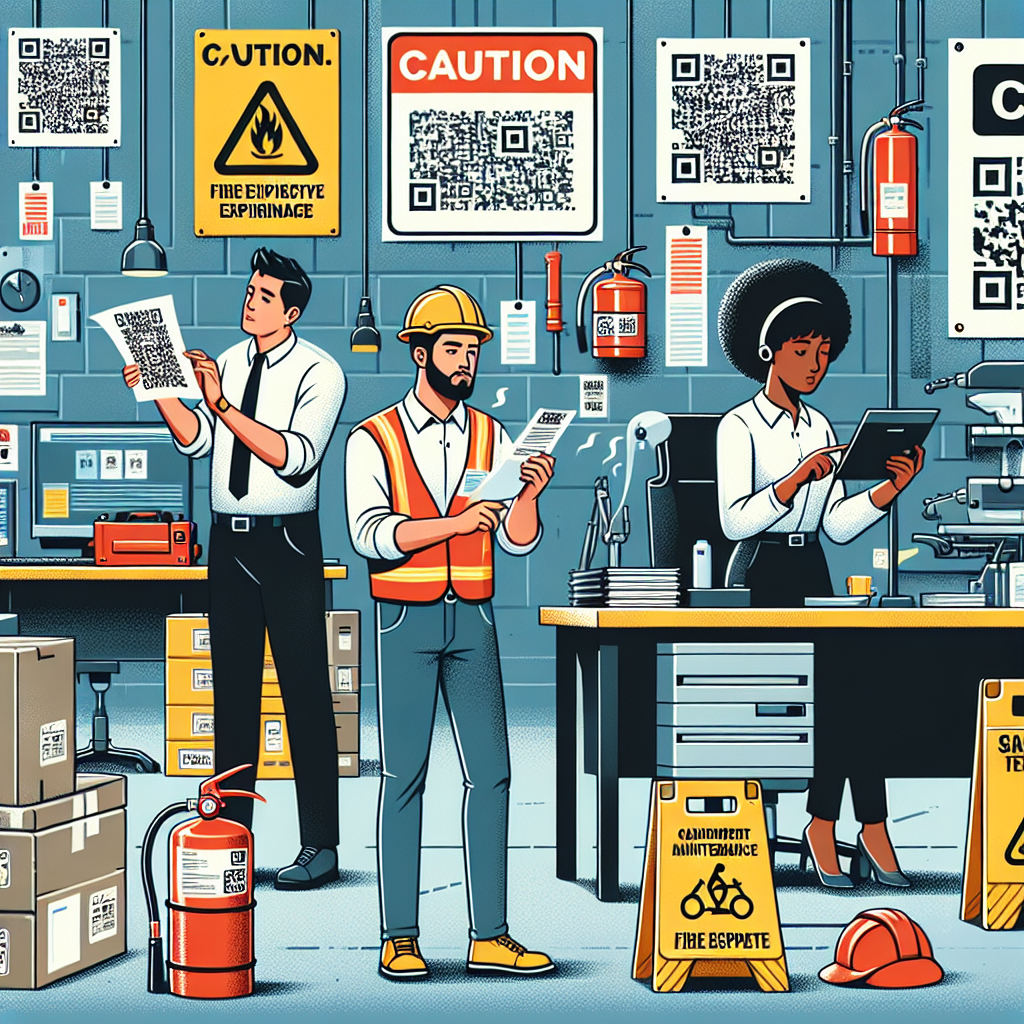Understanding the importance of safety compliance in the workplace and how it ensures the well-being of employees.
Ensuring safety compliance in the workplace is crucial for protecting employees and safeguarding the interests of a business. Compliance involves adhering to safety standards and regulations set by government bodies and ensuring that each aspect of the workplace meets these standards.
This guide provides a structured approach to achieving and maintaining safety compliance in the workplace.
Step 1: Understand the Legal Requirements
Begin by gaining a thorough understanding of the safety regulations that apply to your specific industry. This includes federal, state, and local laws. Important resources include the Occupational Safety and Health Administration (OSHA) for general industry guidelines, the Environmental Protection Agency (EPA) for environmental aspects, and any industry-specific regulatory bodies.
Step 2: Conduct a Risk Assessment
Carry out a comprehensive risk assessment to identify potential hazards in your workplace. This assessment should cover various scenarios and consider both employees and visitors. Factors to consider include:
- Physical hazards (e.g., from machinery or building structure)
- Chemical hazards (e.g., exposure to harmful substances)
- Biological hazards (e.g., bacteria and viruses)
- Ergonomic hazards (e.g., repetitive strain injuries)
- Psychosocial hazards (e.g., workplace stress or harassment)
Step 3: Develop a Safety Plan
Based on the results of the risk assessment, develop a comprehensive safety plan. This plan should outline:
- Procedures for avoiding or controlling identified hazards
- Emergency response procedures
- Training programs for employees
- Regular maintenance schedules for equipment
- Personal protective equipment (PPE) requirements
Step 4: Implement Safety Measures
- Implement the safety measures outlined in your safety plan. This involves not only setting up physical safeguards but also integrating safety into day-to-day operations and behaviors. Key actions include:
- Installing safety equipment such as guards on machines, adequate lighting, and ventilation systems
- Ensuring all employees have access to and use required personal protective equipment (PPE)
- Adopting safe work practices and ensuring they are followed through regular supervision and reinforcement
Step 5: Provide Training and Education
Regularly train employees on safety procedures, the proper use of safety equipment, and what to do in case of an emergency. Training should be:
- Conducted at regular intervals to reinforce knowledge and skills
- Updated to reflect any new hazards or changes in procedures
- Made obligatory for all new and existing employees
- Adapted to cater to different roles and exposure levels within the company
Step 6: Monitor and Audit
Regularly monitor the workplace and audit safety procedures to ensure compliance and effectiveness. Use both internal and external auditors to provide an objective review of your safety system. Elements to be audited include:
- Adherence to established safety procedures
- Condition and use of equipment and safety devices
- Employee compliance with safety practices and use of PPE
- Effectiveness of training programs
Step 7: Encourage Employee Participation
Encourage active participation from employees in safety initiatives to foster a culture of safety. This can be achieved through:
- Establishment of safety committees
- Suggestion schemes for improvements
- Regular meetings to discuss safety issues and updates
Step 8: Implement Corrective Actions
When issues are identified, either through monitoring, auditing, or employee feedback, it's important to implement corrective actions promptly. Document all incidents and the corrective measures taken to prevent future occurrences.
Step 9: Review and Improve
Continuously review the whole safety system and make improvements. This should include updating the safety plan as new technologies become available, changes in compliance laws, or when new risks are identified. A dynamic approach ensures ongoing effectiveness of your safety compliance strategies.
Step 10: Foster a Safety Culture
Finally, beyond compliance, strive to build a culture of safety within the organization. This involves leadership commitment, constant awareness, and the promotion of safety as a value in every aspect of the organization's operations. It is crucial that management leads by example in adhering to and advocating for safety protocols.
This structured approach to safety compliance helps in creating a safe working environment that protects employees and ensures operational efficiency. Enduring commitment to each step and integrating safety as a key business objective will uphold the standards of workplace safety and contribute significantly to the organization's success.




